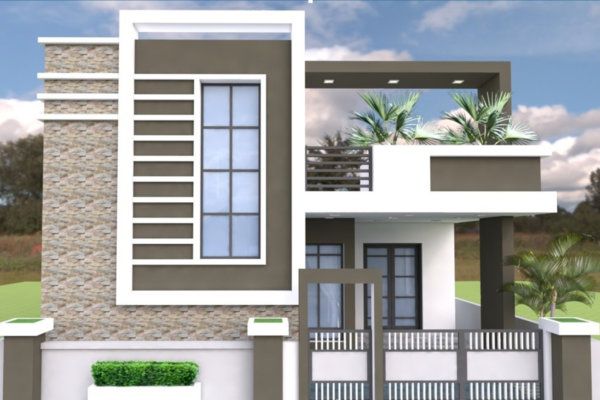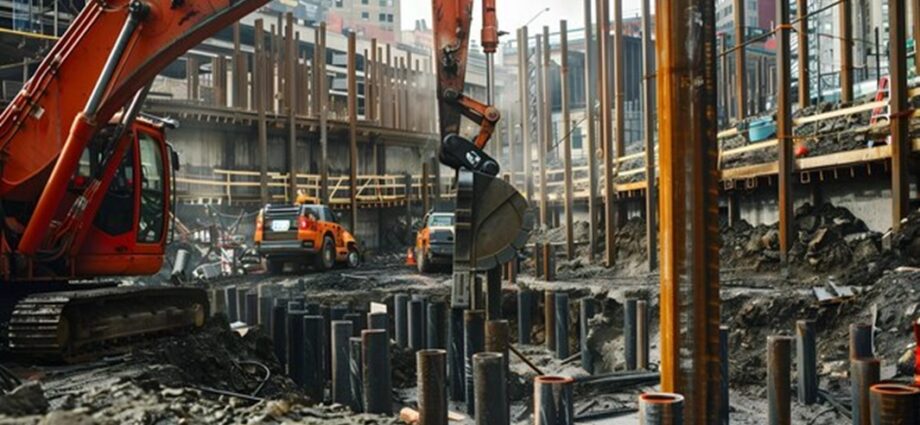In the realm of construction and architecture, safety and durability are paramount. A well-designed building not only meets aesthetic standards but also ensures the safety of its occupants and stands the test of time. This article explores the critical aspects of safety and durability in building design, highlighting strategies that architects and builders can employ to create structures that are both secure and long-lasting.
Understanding Safety in Building Design
Safety in building design encompasses various factors, including structural integrity, fire safety, and accessibility. Ensuring that a building can withstand natural disasters, such as earthquakes and floods, is essential for protecting the lives of its occupants. Engineers and architects must consider local environmental conditions and incorporate design elements that enhance resilience. Moreover, safety regulations and building codes play a significant role in guiding the design process. These codes are established to protect public health and safety, ensuring that buildings are constructed to withstand various stresses. Compliance with these regulations is not just a legal requirement; it is a moral obligation to safeguard the well-being of the community.
The Importance of Durability
Durability refers to a building’s ability to withstand wear, pressure, and damage over time. A durable structure minimizes maintenance costs and prolongs its lifespan, making it a cost-effective investment. Materials used in construction should be selected based on their durability, considering factors such as weather resistance, corrosion resistance, and overall strength.
Effective Design Strategies
To achieve safety and durability in building design, several effective strategies can be employed:
1. Comprehensive Planning
Thorough planning is essential for addressing potential safety and durability concerns. This includes conducting site assessments to identify environmental risks and understanding local building codes. By anticipating challenges early in the design process, architects can develop solutions that enhance safety and durability.
2. Quality Materials

Selecting high-quality materials is crucial for ensuring the longevity of a building. Builders should opt for materials that are known for their durability and resistance to environmental factors. For example, using treated wood for framing can prevent decay, while high-performance insulation can improve energy efficiency and comfort.
3. Innovative Construction Techniques
Incorporating innovative construction techniques can significantly enhance a building’s safety and durability. Techniques such as piling can be employed to provide a stable foundation, especially in areas prone to flooding or soil instability. This method involves driving deep foundations into the ground, ensuring that the structure remains secure and stable over time.
4. Regular Maintenance
Even the most durable buildings require regular maintenance to ensure their safety and longevity. Implementing a maintenance schedule can help identify potential issues before they escalate into significant problems. Routine inspections of roofs, plumbing, and electrical systems can prevent costly repairs and ensure that the building remains safe for occupants.
5. Sustainable Practices
Sustainability in building design not only benefits the environment but also contributes to the durability of structures. Using sustainable materials and energy-efficient systems can enhance a building’s resilience. For instance, incorporating green roofs can improve insulation and reduce stormwater runoff, contributing to the overall durability of the building.
Conclusion
Ensuring safety and durability in building design is a multifaceted endeavor that requires careful planning, quality materials, and innovative techniques. By prioritizing these aspects, architects and builders can create structures that protect occupants and withstand the test of time. As the construction industry continues to evolve, embracing new technologies and sustainable practices will be essential for achieving the highest standards of safety and durability. Investing in these principles not only enhances the quality of buildings but also contributes to the well-being of communities and the environment.

